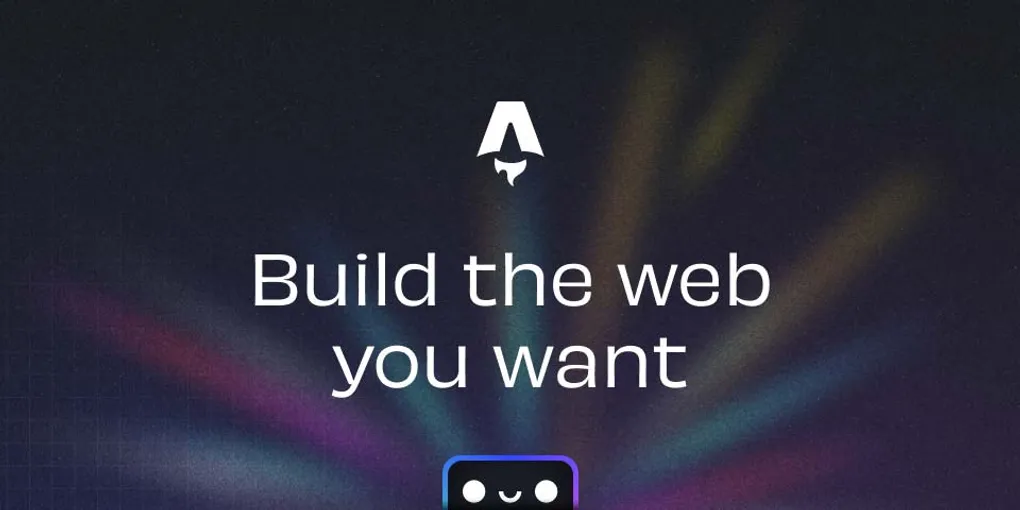
Why you should try obsidian for note
As an art student, I have been using Obsidian for note-taking for almost two years. Counting the time I spent experimenting with other note-taking tools before that, I have over four years of experience in total. During this time, I have tried almost every mainstream note-taking app, but in the end, only Obsidian stayed. The reason is simple—it allows me to fully control my knowledge and creative work.
I. The Limitations of Traditional Note-Taking Tools
If you are used to taking notes in Word or similar software, you have probably faced this problem: When the number of notes is still small, everything seems orderly; but once you accumulate dozens or even hundreds of files, no folder structure can help you quickly locate what you need.
This problem becomes especially serious when studying grammar, programming, or art theory. Knowledge points are often fragmented and interconnected, yet Word's linear file structure isolates every document, preventing cross-reference. For example, when I take notes on English grammar, I often recall related grammatical ideas. If I put everything into one document, the content becomes messy; if I split them into several files, it becomes hard to reconnect them when needed.
I once tried to build my original world-building notes using dozens of Word files. Years later, I realized I had written the same concept four or five times because I forgot which folder contained the original version. Whenever a new idea came up, I had to decide where to put it. This process was inefficient and broke my creative flow. Over time, the more notes I made, the heavier the burden became.
II. The Core Advantage of Obsidian: Connecting Everything
Obsidian completely changes this situation. Its bidirectional links allow your notes to connect with each other like Wikipedia, forming a living and expanding knowledge network.
You can break every tiny concept into a single note—even if it's just one or two sentences—and link them together to create a structured thinking system. This means you no longer depend on complex folder hierarchies to "find" your content, because everything is already interconnected.
When I write stories, I can instantly create a new note for each idea or character and add links to related concepts. Later, when I read the story, I can click the link to review or expand on those concepts immediately.
When I first discovered bidirectional linking, I decided almost instantly to migrate all my notes to Obsidian—even though I didn't yet fully understand Markdown syntax. At that moment, I realized that this flexible, interconnected way of working was exactly what I had been searching for.
This transformation—from static documents to a dynamic network—is the true reason I abandoned Word and fully adopted Obsidian.
III. Freedom and Control
Most note-taking tools lock you into their own ecosystems. They either restrict export options, allow only partial content export, or worse, encrypt and bind your data to their cloud, making migration difficult.
Obsidian takes the opposite approach. All your notes are stored locally as plain Markdown files. You can open, edit, sync, and back them up with any text editor. Your data truly belongs to you.
Moreover, all of Obsidian's local functions are completely free, making it one of the most cost-effective options for students and independent creators.
IV. Plugins and Extensibility
Obsidian has a large and active plugin ecosystem. From task management, time tracking, data visualization, and table editing to academic citation and code snippets—there's a plugin for almost every need. These plugins cover everything from writing to research, planning, and creative work.
Even if you have no coding background, you can still build an environment perfectly suited to your workflow with the help of AI or community resources. In this sense, Obsidian functions more like a knowledge platform than a single piece of software.
V. The Power of Markdown Simplicity
At its core, Obsidian is built on Markdown—a minimal, open, and universal text markup format. It is not tied to any platform and will never become obsolete because of software updates. You can work across devices and operating systems, editing the same notes with any tool you prefer.
This plain-text structure ensures that your knowledge system is portable, maintainable, and scalable. No matter how many years pass, your notes will remain accessible and reusable, never trapped in a closed ecosystem.
VI. Continuous Sharing and Future Plans
This article is only the beginning of my Obsidian series. In the future, I will share more about my hands-on practices: how to build a note system, how to organize creative projects through links, and how to make Obsidian a true "second brain."
I will also discuss usefree alternatives to paid features, such as using third-party tools to replicate the Sync function. All of these experiences come from long-term personal use, aimed at helping more people unlock Obsidian's full potential at minimal cost.
Conclusion
Whether for creation, study, or daily documentation, Obsidian offers an unprecedented level of freedom and structured thinking. It not only helps you record knowledge but also builds meaningful connections between ideas, forming a personal network of understanding.
For me, Obsidian is no longer just a note-taking app. It has become a way of thinking—one that allows ideas to keep growing.
Click the link below to experience the power of Obsidian for yourself: https://obsidian.md